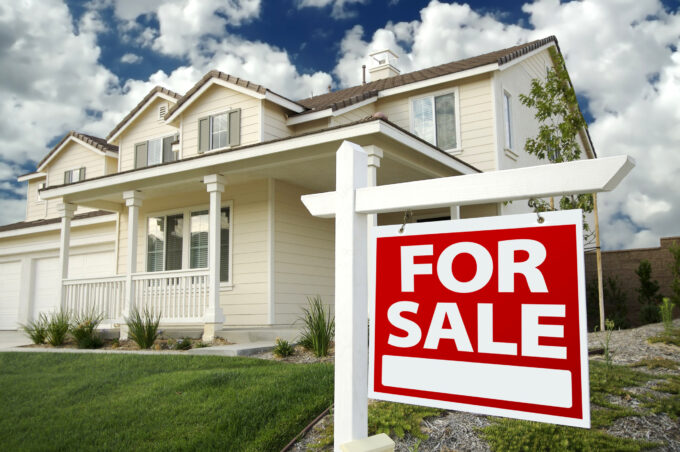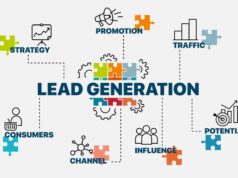Ontario is among the prime locations of Canada that are increasingly attracting residential and commercial property buyers. However, investing in land in Canada can be complex and needs exhaustive research. If you are looking to invest in land in Ontario, in this article, we help you by providing all the essential information to complete the process smoothly.
What Are The Types Of Land Available In Ontario?
There are three types of land that you can invest in Ontario: vacant land, Crown land, and raw land.

Crown Land
It is the most popular type of land in Ontario, which the provincial government owns. This publicly owned land covers the entire northern Ontario, whereas southern Ontario is primarily privately-owned land. Purchasing crown land comes with certain conditions and restrictions on land usage. It can either be bought or rented for certain uses.
Crown Land Disposition Policy reviews the applications to use or purchase this kind of land. It helps in making sure sustainable development. The land is sold at market value. However, when the land is used for public benefits, it is sold under market value. If you plan to rent the crown land, the rent will depend on the market value, in addition to the annual rent amount.
Vacant Land
It is a type of land that is fully or partially serviced. It implies that vacant land may include water, power, road services, septic and land developments. Moreover, this kind of land is privately owned.
Raw Land
It is a type of land that has never been developed. You will not find any utilities in raw land. There won’t be any land structures; in some cases, there may not be road access.
Factors To Consider When Buying A Land In Ontario
Following are the important caveats that you should consider when buying land in Ontario:

Land Survey
A proper land survey is vital to determine the land lot of the boundary. Additionally, it also helps in figuring out the easements, features of structures in the lot.
Zoning
It controls the land use and the construction of the building. For instance, if you have purchased land dedicated to agricultural purposes, the land must be mainly devoted to agriculture. You need to request zoning by law, rezoning or amendment. However, it is an extensive process, and there is no guarantee of approval. Additionally, you will also need to acquire a building permit from the municipality.
Soil Test
For properties that are not serviced by a local municipality, you may have to construct a septic system and well for sewage and water facilities. Moreover, a percolation test or soil test is needed to check if the land is ideal for septic system construction.
Development
A construction loan can help you in financing the development process. If you buy land from a subdivision, it has a condition that you need to use their builder. The development of the property will be based on the kind of land you have bought. For instance, if there is a lot of wood, the lot clearing process can be costly.
Furthermore, not every land can be constructed. Many lots come with restrictions and conditions on the title of the land, which may protect the development or restrict some uses. It is known as restrictive covenants that come with the title. So it will be provided to you during the land’s sale. However, covenants can be held up to 40 years only.

Access
For lands that do not have access to road facilities like raw land, you may have to build a driveway or private road extension to get access to the property through the property of other private lands. Additionally, you may also need to construct a gravel road. It means that having phone lines, power lines, and gas in your house can be expensive.
Taxes
Land buyers have to pay Ontario land transfer tax during the purchase of the land. Additionally, you will also need to pay Ontario property taxes even if you have not constructed a home on the land. However, some municipalities may offer lower property taxes for vacant land.
On the other hand, you don’t have to pay Ontario Sales tax on the vacant land purchase. However, if someone has subdivided the particular land, you have to pay HST.
How To Finance Your Land Purchases in Ontario?
Following are some of the ways you can finance land purchases in Ontario:

Personal Loans and HELOCs
Based on the value of your purchase, you may opt to pay for the land using a HELOC, personal loan or both. If you already own a house, you can use a home equity line of credit to buy the land. Furthermore, you can also pay for the land purchase with a mortgage refinance on your existing home or a second mortgage on the house.
Land Loans
You can obtain private financing to invest in land in Ontario. Raw land and vacant land pose risks for landlords as they are not attached to the land like a residential mortgage. In the latter, if you miss a payment, you hold the risk of losing the home. The type of land you own will determine the down payment, which is generally between 30% and 50%.
The raw land will need a higher down payment, have a higher interest rate, and be challenging to finance. You may have to go through a mortgage broker or Ontario private lender to get a loan.
Seller Financing
It is also known as owner financing, wherein the seller also acts as the lender. You will buy the land from them with a down payment. And later, you will make payments just like you would make payments to the bank.
Conclusion
The process of buying land in Ontario varies based on the kind of land you wish to purchase. Irrespective of the type of land you invest in, the proper knowledge about various aspects can make your investment lucrative in the long run,









